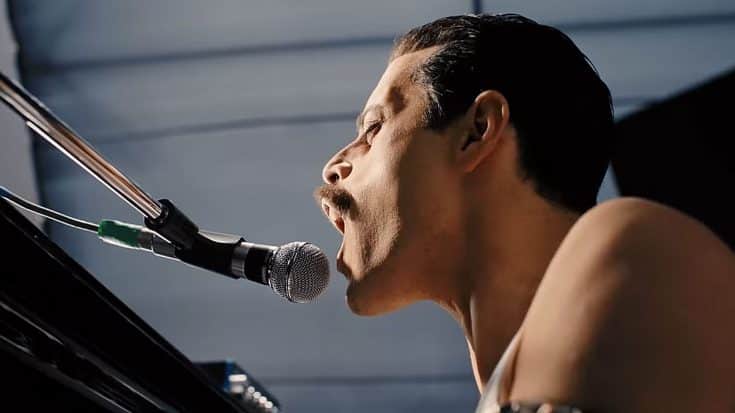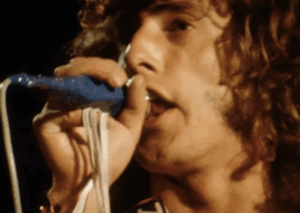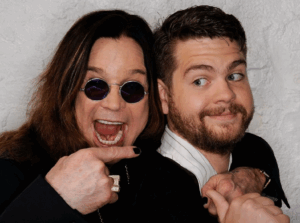The Things The ‘Bohemian Rhapsody’ Movie Got Wrong About Queen’s Real Story

20th Century Fox / YouTube
We all fell head over heels for Bohemian Rhapsody, the thrilling tribute to Queen that captures their iconic rise to rock stardom. It’s a movie that pulls you in with electrifying performances and leaves you singing along to their greatest hits. But while the film dazzles as entertainment, it takes some liberties with the truth.
Let’s unpack where the movie’s storytelling diverges from Queen’s real history.
The Origins of Queen: A Bit More Complicated
In the movie Bohemian Rhapsody, Queen’s formation feels almost like fate. After Smile’s lead singer and bassist, Tim Staffell exits the band, Freddie Mercury casually wows Brian May and Roger Taylor with his voice in a parking lot, and just like that, magic happens.
The reality, though, is far less spontaneous. Mercury had been a devoted fan of Smile and a close friend of Staffell long before he joined the band. He spent considerable time convincing May and Taylor to give him a shot after Staffell left in 1970. It wasn’t a chance parking lot audition—it was persistence and passion that got him in the door.
Filling the Bassist Role: John Deacon’s True Debut
In the movie, John Deacon is already on board for Queen’s first gig in 1970. But in truth, Deacon didn’t officially join until 1971. Before landing their perfect fit, the band tested three other bass players, each of whom didn’t quite make the cut. When Deacon finally stepped in, his chemistry with the band solidified Queen’s lineup for good.
Fictional Figures and Real Inspiration
One of the standout moments in the movie is Queen’s clash with EMI executive Ray Foster, played hilariously by a heavily made-up Mike Myers. Foster dismisses the song Bohemian Rhapsody as too long for radio, sparking the band’s bold decision to release the song anyway.
Here’s the twist: Ray Foster doesn’t actually exist. He’s loosely inspired by Roy Featherstone, a real-life EMI executive and Queen fan. While Featherstone did raise concerns about the track’s length, he wasn’t as antagonistic as Foster is portrayed in the movie.
Freddie Mercury’s Private Life
When it comes to Freddie Mercury’s private life, Bohemian Rhapsody opts for a lighter touch. The movie hints at his wild lifestyle and substance use but avoids diving into the grittier details. This omission was likely due to its PG-13 rating, but it leaves a sanitized version of Mercury’s complex and flamboyant personality.
Did Queen Ever Break Up?
Contrary to what the movie suggests, Queen never officially broke up. The film creates drama around Mercury signing a solo record deal, framing it as the band’s undoing. In reality, all four members were feeling burnt out by the demands of touring and recording in the early 1980s. Instead of splitting, they simply took a break. By the end of 1983, they were already working on their next album, The Works.
Live Aid: Not Exactly a Comeback
Bohemian Rhapsody builds to Queen’s unforgettable Live Aid performance in 1985 as a grand reunion after years of inactivity. But the truth is, Queen was far from dormant. They had just wrapped a world tour for The Works a month and a half before Live Aid. The band was in peak form, not rusty as the movie implies.
Freddie’s Diagnosis: A Heartbreaking Timeline
For dramatic effect, the film places Freddie Mercury’s HIV diagnosis just before Live Aid, leading to an emotional revelation to his bandmates. However, Mercury likely learned about his condition sometime between 1986 and 1987—well after the iconic performance. While this shift tugs at heartstrings, it’s not historically accurate.
Post-Live Aid: What Bohemian Rhapsody Left Out
For devoted Queen fans, Bohemian Rhapsody has a few noticeable historical inaccuracies that may feel disappointing. Timelines are shifted, with the creation dates of some of the band’s most famous songs altered, and the story ends shortly after the 1985 Live Aid concert. This leaves the film’s portrayal of Queen’s legacy feeling a bit incomplete.
The movie misses some of Queen’s later iconic moments, like Freddie Mercury’s memorable duet with Montserrat Caballé in Barcelona. The short postscript leaves out other key details: John Deacon’s eventual retirement from music, Freddie’s partner Jim Hutton’s own HIV diagnosis before his passing in 2010, and the touching fact that Mary Austin, Mercury’s lifelong friend, still lives in the house he left her after his death. These pieces of Queen’s story would have added depth to the band’s enduring legacy and Mercury’s impact beyond his final years.













